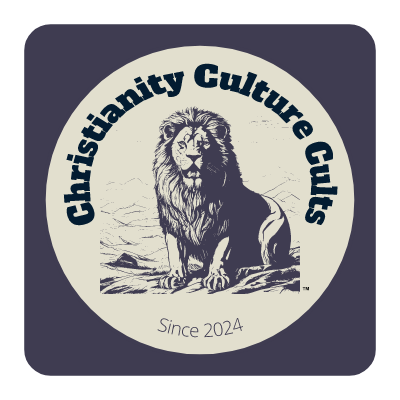The Canon of Scripture
The Canon of Scripture refers to the collection of books that are considered divinely inspired and authoritative in Christianity. This collection differs somewhat between various Christian traditions (e.g., Protestant, Catholic, Orthodox). Here is an overview of the development of the canon, including key dates and historical information:
Old Testament Canon
Jewish Canon
Torah: The first five books (Genesis, Exodus, Leviticus, Numbers, Deuteronomy) were recognized as authoritative by the 5th century BCE.
Nevi’im: The Prophets, including books like Isaiah, Jeremiah, Ezekiel, and the Twelve Minor Prophets, were acknowledged by the 3rd century BCE.
Ketuvim: The Writings, including Psalms, Proverbs, Job, and others, were recognized by the 2nd century BCE.
Council of Jamnia (c. 90 CE): While there was no formal council, it is believed that Jewish scholars at Jamnia solidified the Hebrew Bible’s canon.
Christian Old Testament
Septuagint (LXX): Greek translation of the Hebrew Scriptures (3rd-2nd century BCE) used by early Christians, included books not in the Hebrew Bible (e.g., Tobit, Judith, Wisdom, Sirach, Baruch, 1 & 2 Maccabees).
Differences in Canons:
Protestant Old Testament: Follows the Hebrew Bible canon (39 books).
Catholic Old Testament: Includes the Deuterocanonical books from the Septuagint (46 books).
Orthodox Old Testament: Includes additional books like 3 Maccabees, 1 Esdras, and others, depending on the tradition.
New Testament Canon
Early Development
Apostolic Writings: By the end of the 1st century, many of the New Testament books (Gospels, Pauline Epistles) were already in circulation and highly regarded.
Marcion of Sinope (c. 144 CE): Proposed a canon excluding the Old Testament and some New Testament writings. His canon prompted the early Church to define its own canon.
Muratorian Fragment (c. 170 CE): One of the earliest known lists of New Testament books, which included 22 of the 27 books later recognized.
Formalization
Irenaeus (c. 180 CE): Affirmed the four Gospels and other writings, moving toward a recognized canon.
Origen (c. 250 CE): Listed 27 New Testament books, although some (Hebrews, James, 2 Peter, 2 & 3 John, Jude, Revelation) were disputed.
Eusebius of Caesarea (c. 300-325 CE): Categorized books into recognized, disputed, and rejected. His list closely matches the current New Testament canon.
Athanasius’ Festal Letter (367 CE): The first known list to exactly match the 27 books of the New Testament canon.
Church Councils
Council of Hippo (393 CE) and Council of Carthage (397 CE): Affirmed the 27-book New Testament canon and the inclusion of the Deuterocanonical books in the Old Testament.
Council of Trent (1546 CE): Officially defined the Catholic canon, reaffirming the inclusion of the Deuterocanonical books.
Books and Inclusion Insights
Old Testament Books
Law (Torah): Genesis, Exodus, Leviticus, Numbers, Deuteronomy.
Prophets (Nevi’im): Joshua, Judges, Samuel, Kings, Isaiah, Jeremiah, Ezekiel, Minor Prophets (12 books).
Writings (Ketuvim): Psalms, Proverbs, Job, Song of Solomon, Ruth, Lamentations, Ecclesiastes, Esther, Daniel, Ezra-Nehemiah, Chronicles.
New Testament Books
Gospels: Matthew, Mark, Luke, John.
Acts: Acts of the Apostles.
Pauline Epistles: Romans, 1 & 2 Corinthians, Galatians, Ephesians, Philippians, Colossians, 1 & 2 Thessalonians, 1 & 2 Timothy, Titus, Philemon.
General Epistles: Hebrews, James, 1 & 2 Peter, 1, 2 & 3 John, Jude.
Revelation: Book of Revelation.
Important Insights
Criteria for Inclusion: Apostolic origin, consistent message with Christian faith, widespread usage in worship and teaching, and inspiration by the Holy Spirit were key criteria.
Disputed Books: Some books faced greater scrutiny and debate, such as Hebrews (due to uncertain authorship), James (faith vs. works debate), and Revelation (symbolic content).
Influence of Heresies: Challenges from groups like the Gnostics and Marcionites prompted the Church to clarify and affirm the canon.
